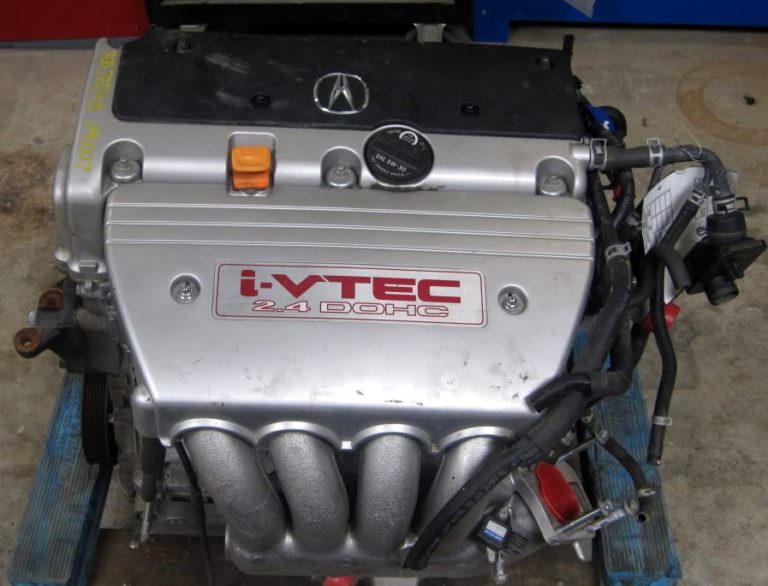The Honda K-Series engines, renowned for their performance and reliability, have garnered a massive following among automotive enthusiasts worldwide. Whether you’re seeking to extract more power or restore your engine’s vigor, an overhaul becomes inevitable at some point. However, diving into an engine overhaul can be daunting without the right tools and techniques at your disposal. In this guide, we’ll explore the best practices and tools for rejuvenating your Honda K-Series engine, ensuring optimal performance and longevity.
Understanding the Honda K-Series Engine:
Before delving into the overhaul process, it’s crucial to grasp the fundamentals of the Honda K-Series engine. Introduced in 2001, the K-Series engines feature advanced technologies such as i-VTEC, drive-by-wire throttle, and lightweight construction, making them ideal candidates for both street and track applications. Available in various displacements ranging from 1.8L to 2.4L, these engines power a diverse range of vehicles, including the iconic Civic Type R and the sporty RSX Type-S.
Preparation: Gathering the Essential Tools
Embarking on an engine overhaul requires a comprehensive array of tools to dismantle, inspect, and reassemble critical components. Here’s a list of essential tools you’ll need:
- Socket and Wrench Set: A high-quality set of sockets and wrenches in various sizes ensures you have the right tool for every bolt and nut.
- Torque Wrench: Precise torque application is vital during assembly to prevent over-tightening or under-tightening bolts, safeguarding against leaks and component damage.
- Engine Stand: Mounting the engine on a sturdy stand facilitates easy access to all sides, simplifying the overhaul process.
- Piston Ring Compressor: Installing new piston rings necessitates a compressor tool to ensure proper seating without damaging the rings or cylinder walls.
- Valve Spring Compressor: Removing and installing valve springs demands a specialized compressor tool to safely disassemble and reassemble cylinder heads.
- Cylinder Hone: If honing the cylinders is required, a quality honing tool enables you to achieve the desired surface finish for optimal piston ring seal.
- Gasket and Sealant Kit: A comprehensive assortment of gaskets and sealants specific to the K-Series engine ensures leak-free assembly and proper sealing of mating surfaces.
Techniques for a Successful Overhaul:
Once you’ve gathered the necessary tools, it’s time to dive into the overhaul process. Here are some key techniques to follow:
- Engine Disassembly: Begin by draining fluids and removing external components such as the intake manifold, exhaust manifold, and accessories. Carefully label and organize all parts to streamline reassembly.
- Inspection and Measurement: Thoroughly inspect internal components such as pistons, connecting rods, and bearings for wear and damage. Use precision measuring tools to assess clearances and tolerances, identifying components that require replacement or machining.
- Cylinder Head Refurbishment: Disassemble the cylinder head and inspect valves, springs, and guides for wear. Utilize a valve seat cutter to restore proper sealing and performance, followed by valve lapping for optimal valve-to-seat contact.
- Bottom End Assembly: Install new bearings, piston rings, and seals while ensuring proper lubrication of all moving parts. Use plastigage to verify bearing clearances and torque fasteners to manufacturer specifications.
- Timing Component Installation: Replace timing chain, tensioner, and guides to prevent catastrophic engine failure due to timing component wear. Follow manufacturer guidelines for proper timing alignment to ensure engine synchronization.
- Final Assembly and Testing: Reassemble the engine, paying close attention to torque specifications and sequence. Once assembled, conduct a thorough inspection of all connections and systems before starting the engine. Perform a break-in procedure to seat new components and verify proper operation.
Conclusion:
Embarking on a Honda K-Series engine overhaul can seem daunting, but with the right tools and techniques, it becomes a manageable and rewarding endeavor. By adhering to best practices such as thorough inspection, precise measurement, and meticulous assembly, you can breathe new life into your engine, unlocking its full potential for performance and reliability. Remember, patience and attention to detail are key virtues throughout the overhaul process, ensuring years of enjoyment from your revitalized Honda K-Series engine.
For more info: JoTech Performance

